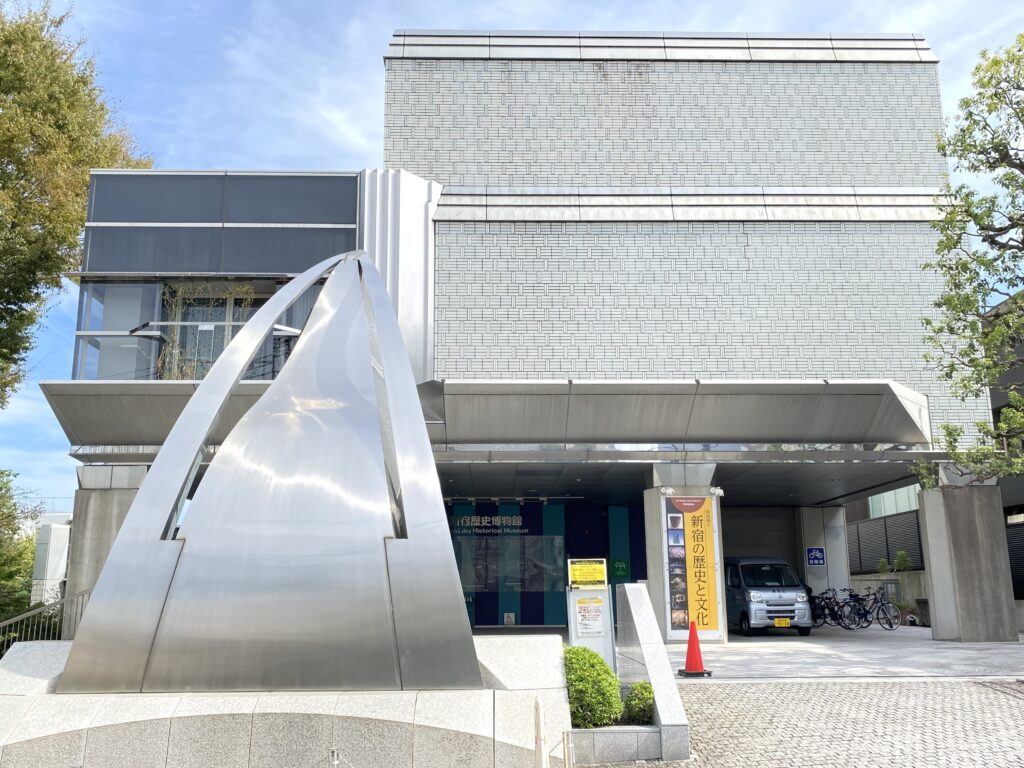
About the Museum
Closed: 2nd and 4th Mondays (or the following weekday if it falls on a national holiday), December 29 to January 3
Hours of operation: 9:30 a.m. to 5:30 p.m.
Admission: 300 yen for adults, 100 yen for elementary and junior high school students
Viewing time: (Carefully) 35 mins (Quickly) 15 mins
English brochure: Not available
URL: https://www.regasu-shinjuku.or.jp/rekihaku/(Only in Japanese)
Address: 12-16 Yotsuya Sanei-cho, Shinjuku-ku, Tokyo
TEL: 03-3359-2131
Nearest station: Yotsuya-Sanchome Station, Akebonobashi Station, Yotsuya Station
What is Shinjuku Historical Museum?
The Shinjuku Historical Museum was established in January 1989 to collect, preserve, research, and exhibit historical materials to preserve the history of Shinjuku, one of Japan’s most prominent commercial districts, for future generations. The Shinjuku Historical Museum is a small historical museum in an upscale residential area in Tokyo.
The museum is a two-story building with exhibits on the basement floor. The permanent exhibition hall features exhibits related to Shinjuku from the Neolithic Age (Jomon Period) to the present day. Various special exhibitions are held throughout the year in the special exhibition rooms. However, there are times when special exhibitions are not held due to preparation or changes in exhibits. Admission fees for special exhibitions vary depending on the exhibition, sometimes charged separately from the permanent exhibition rooms and sometimes free of charge.
What Can You See?
The permanent exhibition room is divided into six parts, displaying earthenware from the Jomon period, artifacts from the Yayoi period, historical documents, armaments, daily necessities, and more from the medieval to modern periods.
Highlights include a life-size partial diorama of a storehouse of an Edo period merchant house and a Tokyo tramcar, popularly known as “Chin-chin-densha” and served as a means of transportation for Tokyo citizens in the early Showa period.
There is also a small museum store in front of the ticket booth on the first floor.
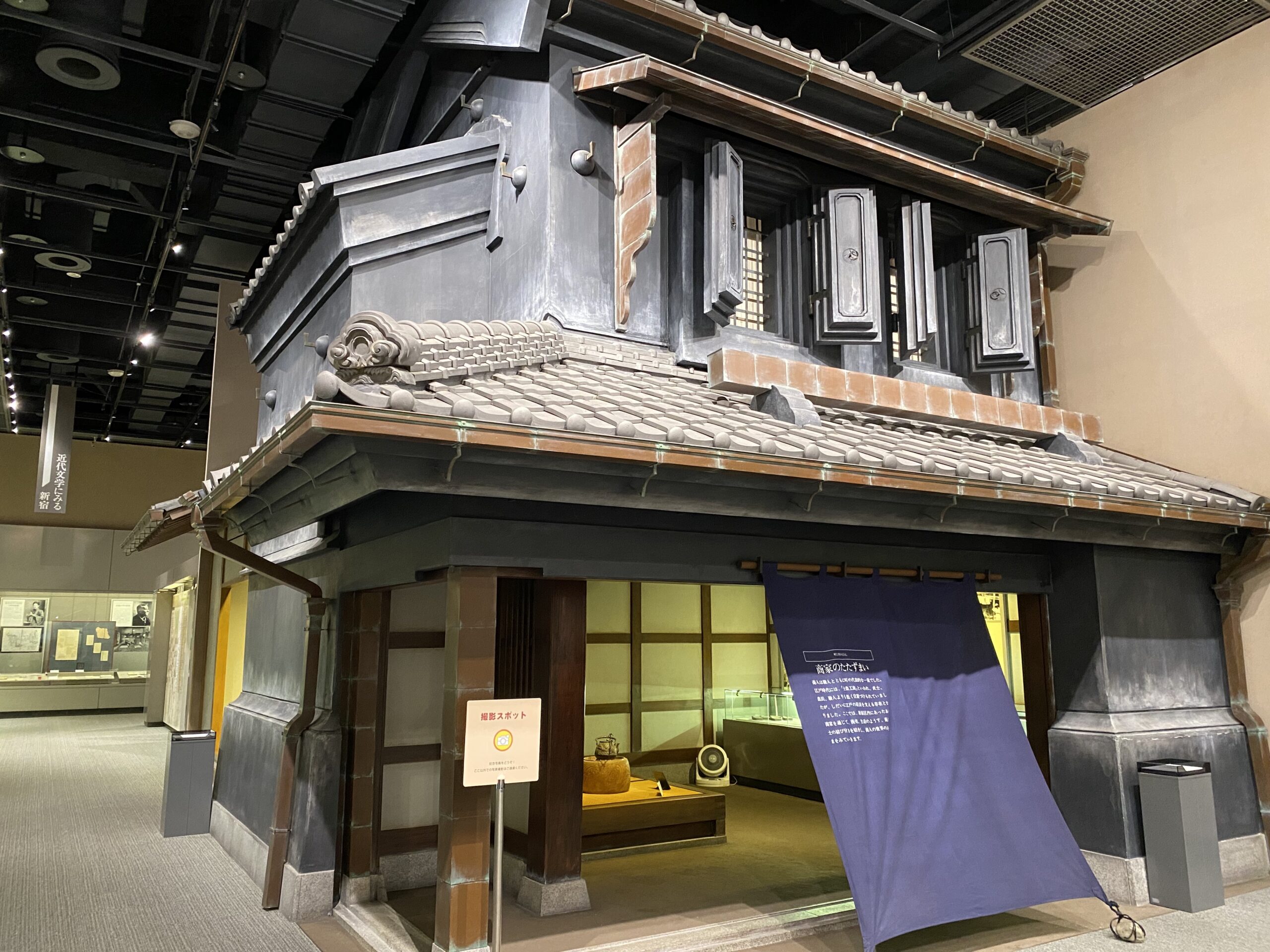
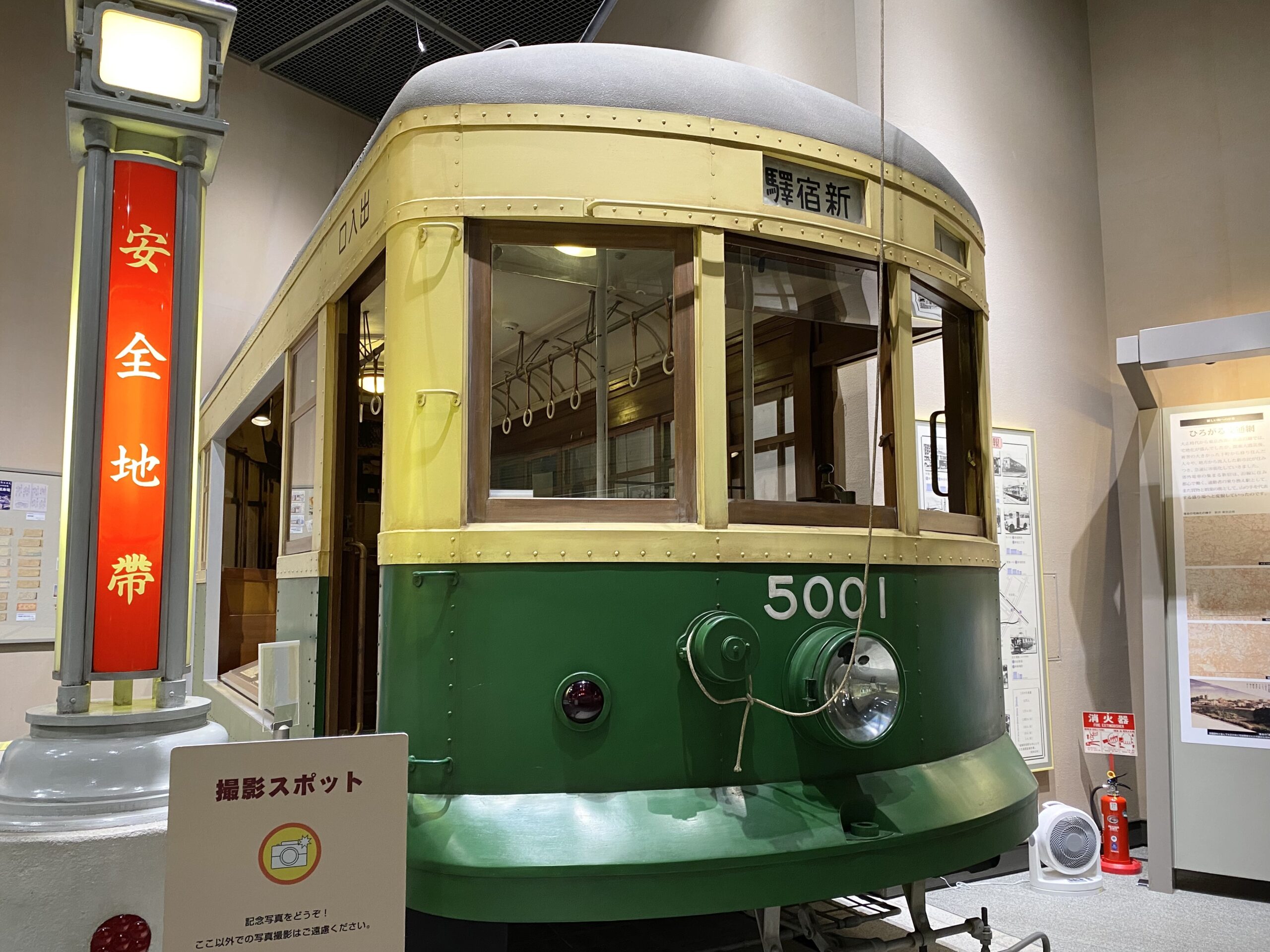
Remarks
There is no exhibition commentary in English.
Access
About Us
Museums in Japan (MiJ) is a website that introduces Japanese museums in English to tourists from abroad, based on information gathering activities in place.

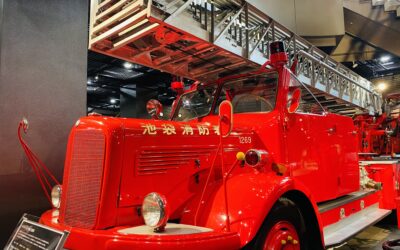

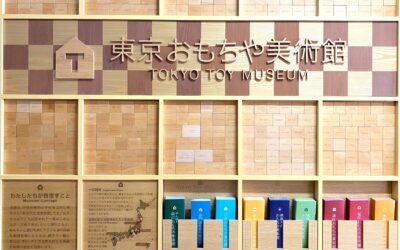
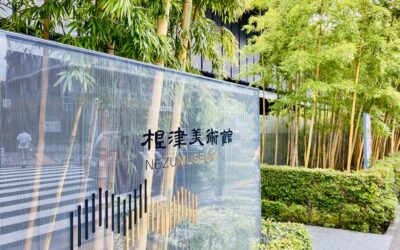
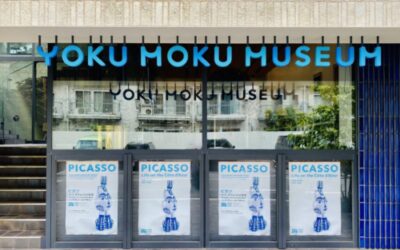
Comments are closed.